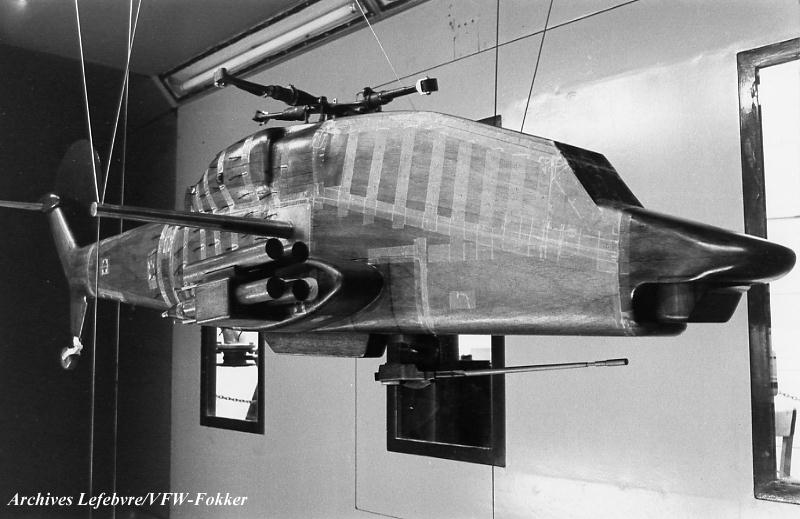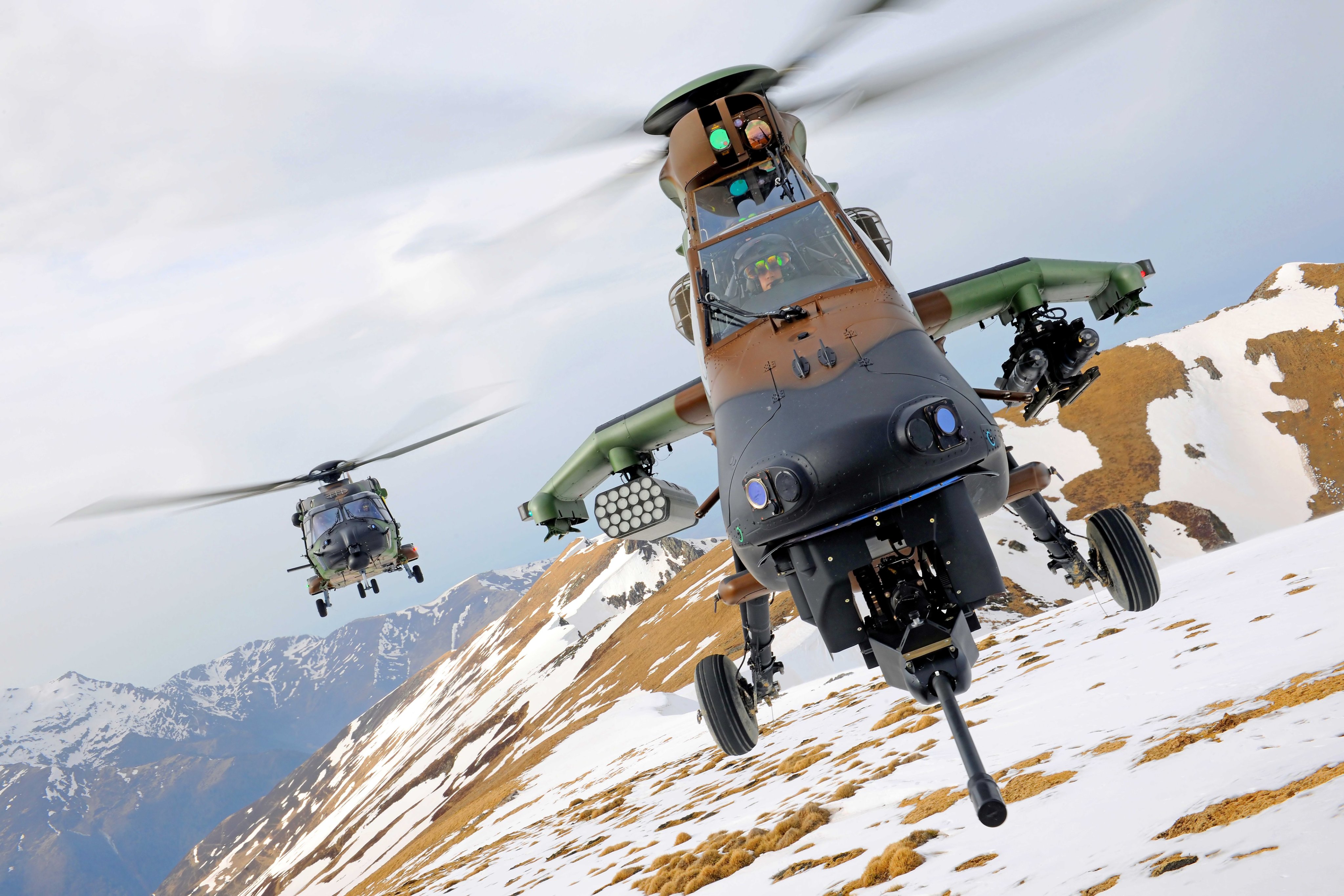Nekem sincs előfizetésem, de nekem megnyitja.fizetős link
Kimásolom:
"Chronic’ trouble with chopper fleet

Defence’s troubled Airbus helicopters, the MRH-90 Taipan and ARH Tiger, are suffering from a raft of newly disclosed problems ranging from “chronic” spare parts shortages to issues with doors and rotors, slashing availability of the key military aircraft.
Amid growing pressure for Defence to buy American, the department has detailed fresh problems with the European-designed helicopters which cut the MRH-90’s flying hours by 46 per cent, and the ARH’s by 35 per cent, against planned 2019-20 targets.
Labor has called for an independent audit of Defence’s entire helicopter acquisition program after the department provided a detailed update on the problems with both helicopters.
Defence said “chronic shortages” of spare parts had resulted in a maintenance backlog affecting all MRH-90s — the army’s workhorse troop transport helicopter.
“A reduction of available aircraft has directly impacted the total flying hour rate of effort,” it said in answer to a Labor question.
Defence also revealed an issue with the MRH-90’s cabin doors — which are too narrow to allow a door gun to be permanently mounted and still allow troops to exit the aircraft in combat zones — led to the grounding of the Taipan fleet in March this year.

A pair of army ARH Tiger helicopters take part in a demonstration before the 2019 Avalon Airshow in Victoria. Picture: Stuart McEvoy
An already disclosed issue with the helicopter’s tail rotor blade also put the army’s 47 Taipans out of action for several months from July 2019.
“Approximately 2500 hours were lost in the period July 2019 to March 2020,” Defence said, from a planned 9670 hours for the year.
In a blast for manufacturer Airbus, the department said modelling on maintenance hours per flying hour had “not proven correct, impacting the commonwealth cost of ownership models”.
“Increases to unscheduled maintenance-due aircraft reliability has impacted the operational units’ ability to generate higher flying hour rates of effort and have increased platform cost of ownership,” the department Defence revealed.
Incorrect data provided by the manufacturer on the ARH Tiger, which are set to be dumped for a US-made alternative, had also understated the cost per flying hour of that helicopter, the department said.
The 22-aircraft ARH fleet achieved 3456 flying hours in 2019-20, compared to a budgeted 5300 flying hours. Defence said a “main rotor head bushings serviceability issue” had reduced the Tiger’s reliability.
Labor’s assistant defence spokesman Pat Conroy said the availability of both helicopters had been unacceptably low since 2016, with no resolution in sight.
“It is clear there are serious issues with the billions of dollars worth of helicopters acquired by the Coalition government which is having a significant impact on the aircraft’s availability,” he said.
“This clearly demonstrates the need for Defence to commission an independent audit of the entire helicopter acquisition program as recommended by Parliament’s Joint Committee of Public Accounts and Audit.
“The government cannot blame the COVID-19 for these shortfalls,” Mr Conroy said.
“What is the Defence Minister doing to fix this ongoing issue?”
Defence officials told Senate estimates in October the door on the army’s $3.8bn helicopters was too narrow to allow its gun to fire while troops were exiting the aircraft. The navy’s version of the helicopter has also experienced an “ongoing problem” with its cargo hook design.
The Tiger is set to be replaced with either the Boeing Apache AH64E or the Bell Bell AH-1Z Viper. Defence sources have confirmed that the Apache is the most likely candidate.
Ben Packham - 1:33PM December 28, 2020"







